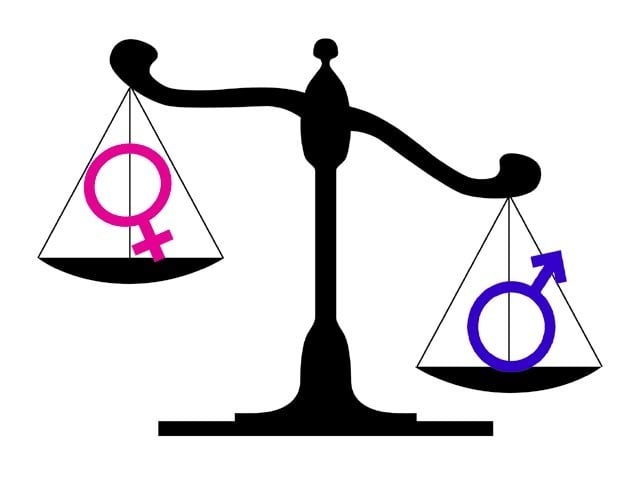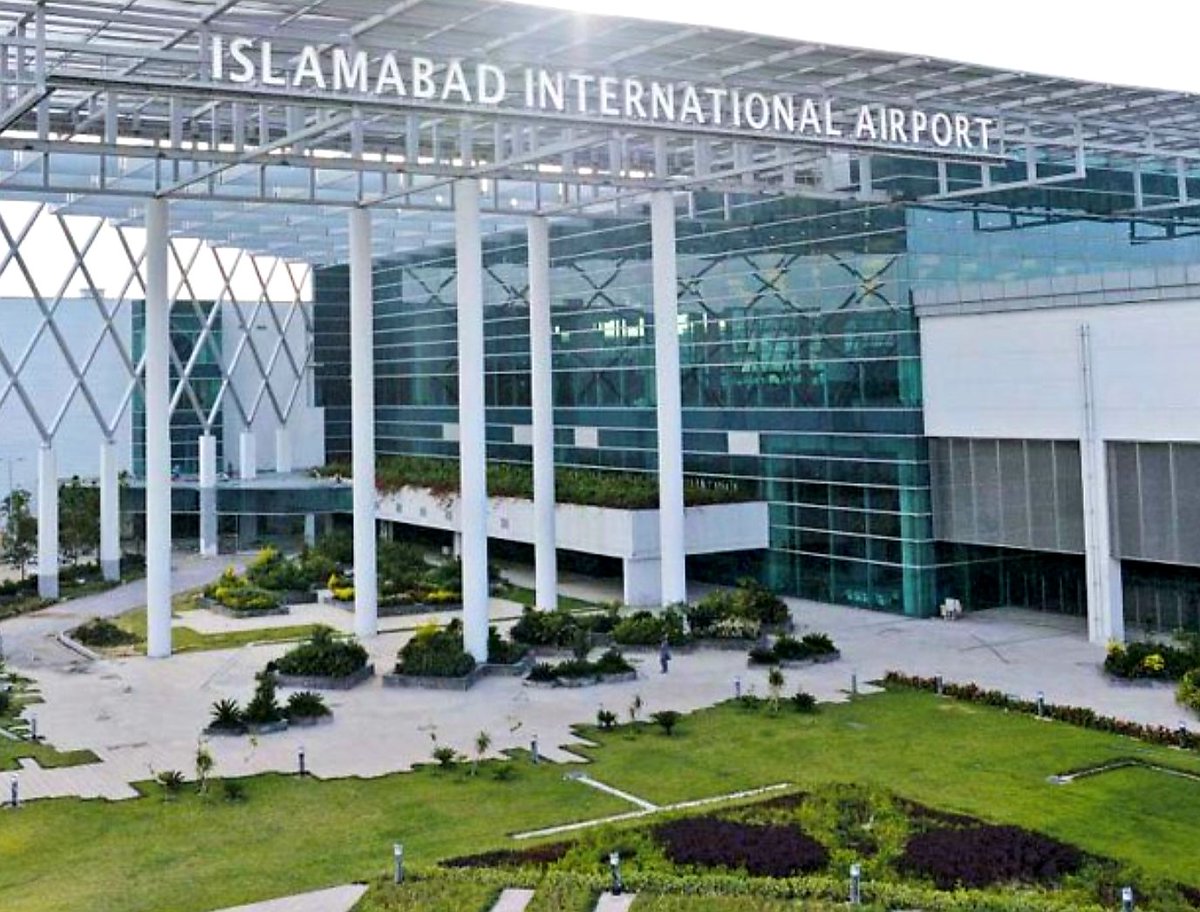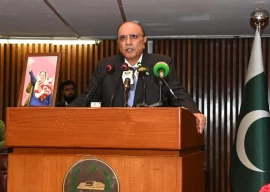
Pakistan could boost its GDP by 30% by closing the gender gap and bringing more women into the economy, according to an IMF study “Pursuing Women’s Economic Empowerment”. It is believed that many women residing in Pakistan’s cities are unable to participate in the economy freely due to cultural and religious values. In my view, however, poor and inefficient urban planning hinders people’s mobility and women are the primary victims.
Pakistani cities are designed for men who own and drive cars. Saskia Sassen, an urban theorist, observes that modern urban planning is “genderless” as most cities in the developing world don’t acknowledge the fact that men and women have different needs for public transportation and roads. Dr Naveed Iftikhar, an urban policy adviser, reiterates that public spaces should be designed according to mobility needs of women and women with children, and we can make our cities more livable by catering to young mothers’ and elderly women’s needs.
Today, females look for the most reliable, inexpensive and safest way to travel. In Lahore, many want to walk while some do so out of necessity. A number of women who use buses daily have to walk through broken and unsafe pedestrian paths to the bus stop within their neighbourhoods. They feel unsafe walking on the streets because they are constantly harassed, besides suffering verbal abuse, groping, catcalls and molestation. The problem of sexual harassment faced by women on the streets could be addressed by making some amendments in the infrastructure. Street lighting should be improved especially in secluded areas of Lahore.
When travelling beyond the walking distance, Pakistani women heavily rely on public transport i.e. buses and wagons. This is attributed to little acceptance of single women and women with children riding motorbikes or bicycles and the unaffordability of owning a car. Women without a private vehicle also prefer rickshaws or taxis. However, due to exorbitant fares, buses are the most frequently used especially for multiple trips.
A study by the Women Development Department reflects the alarming rates at which women experience harassment in public transportation. Ninety per cent of the women claim that male conductors and ticket-checkers try to make unnecessary physical contact while issuing tickets.
What role can the Punjab Transport Department and Lahore Transport Company play to effectively prevent and respond to sexual harassment at bus stops and inside buses? They should ensure that bus routes and the neighbourhoods they service have reliable street lighting without power outages. Women also face harassment at bus stops due to prolonged waiting for buses. This could be resolved by running buses on an announced schedule allowing people, especially women, to plan their journeys.
Moreover, despite allocating separate compartments for women inside buses, women still complain about inappropriate staff behaviour, especially of male bus conductors. Transportation companies should hire female bus conductors or ticket checkers to cater to women. Another effective solution to make women more secure inside public vehicles is to install panic buttons.
The idea of having a separate compartment for females in buses and female-only transport like the Pink Bus initiative, among others, is a positive step towards safeguarding women’s security. Nonetheless, it is important to acknowledge that segregation in public transportation also reinforces inequality. Even transport experts at the Work Bank Group believe that female-only vehicles play a role in overcoming gaps in transportation merely in the short run; such vehicles are not a panacea.
It is imperative to create awareness towards respect for women and a factor in gender consideration in all aspects of urban planning and design. Besides, more women need to be taken on board on all transport projects and their participation must be ensured in the design, implementation, monitoring and evaluation of public transportation initiatives.
Published in The Express Tribune, September 29th, 2019.
Like Opinion & Editorial on Facebook, follow @ETOpEd on Twitter to receive all updates on all our daily pieces.






















































COMMENTS
Comments are moderated and generally will be posted if they are on-topic and not abusive.
For more information, please see our Comments FAQ